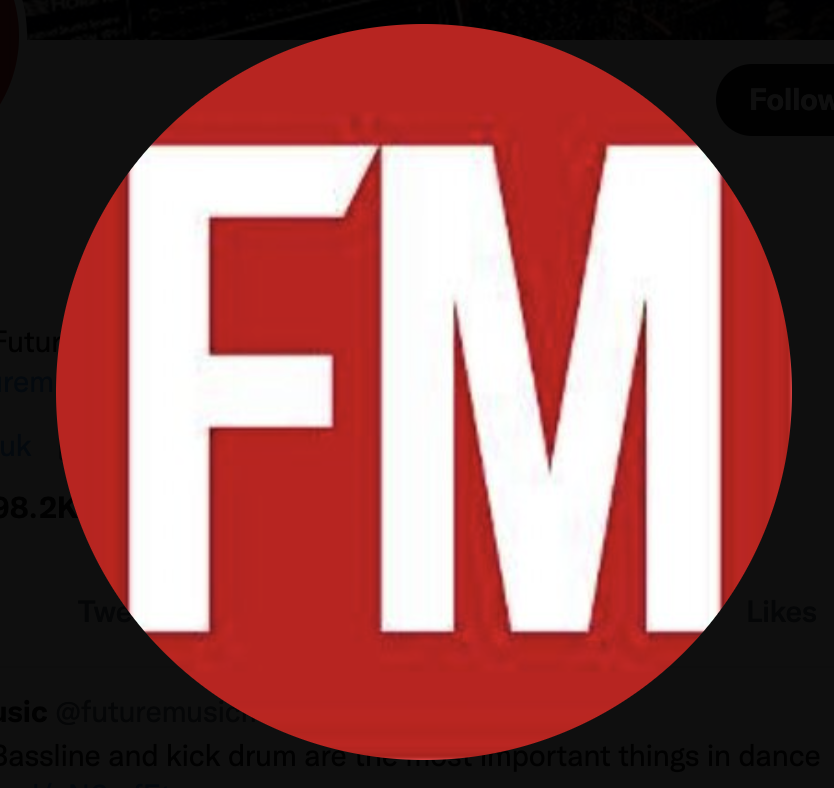A brief history of synth bass
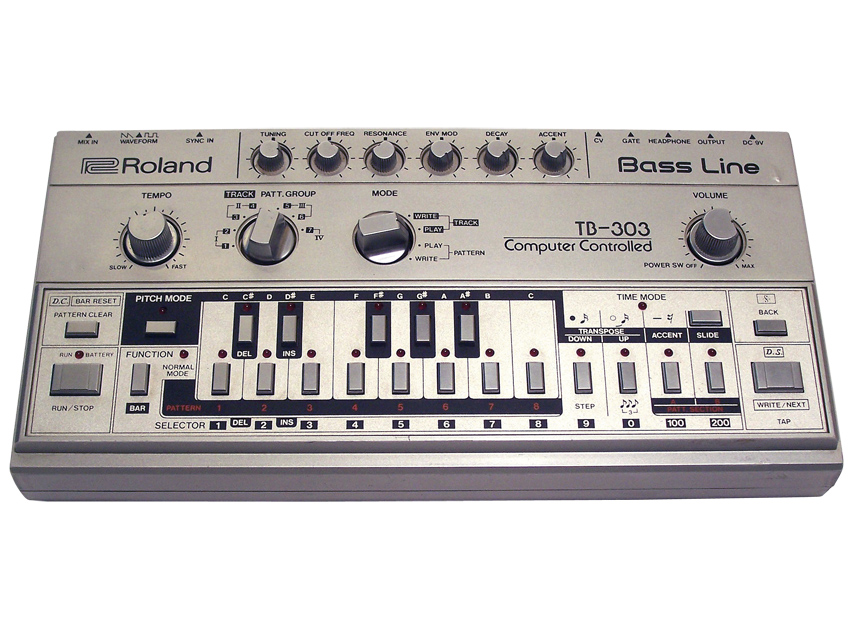
A genre-by-genre guide
Be it analogue or digital, synth bass can help uniquely define the groove, feel and sound of a track - so much so, in fact, that specific bass sounds have even become intrinsically linked with particular genres.
In this feature, we’re going to look at some of the musical styles that have their own trademark synth bass tones, and tell you how you can go about recreating them.
For a complete guide to synth bass, check out the October issue of Future Music (FM244) which is on sale now.
NEXT: R&B, soul and disco
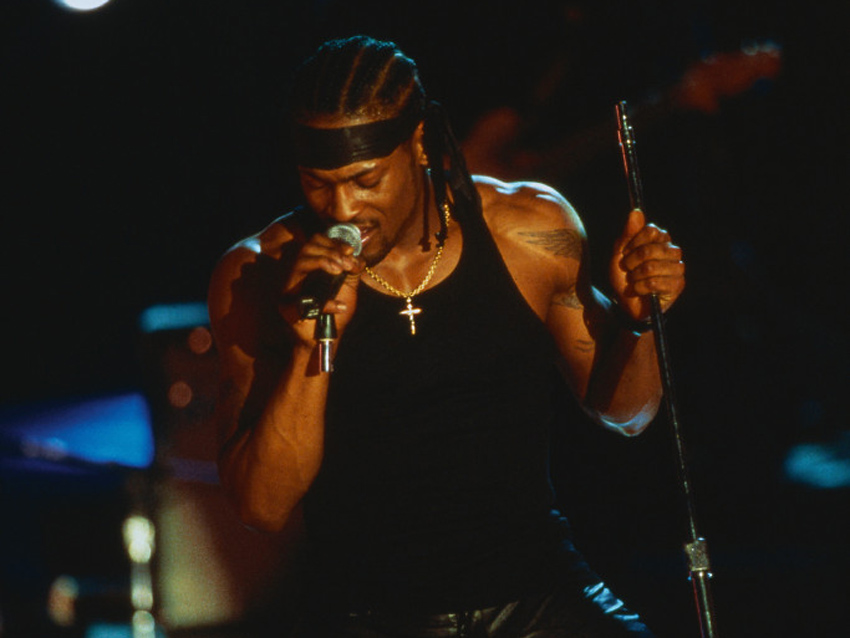
R&B, soul and disco
Smoother subby tones are the staple of R&B/neo-soul bass. Use a sine or triangle wave and mix in a saw at low volume with cutoff set low (and no resonance) for a classic smooth bass tone.
Try some pitchbend and use the mod wheel to control filter cutoff frequency, and engage legato mode to ensure smooth transitions between notes. Perhaps add some tape drive or push the oscillator levels in your synth or on your desk’s mixer for extra growl.
Alternatively, add a plug-in/ pedal overdrive, amp up your synth, or feed your synth’s output back into its audio input.
D’Angelo-style bass
P.Y.T-style bass
Hear it on: D’Angelo - Brown Sugar; Michael Jackson - P.Y.T.

Drum 'n' Bass
One of the staples of Drum ’n’ Bass is stacking multiple oscillator waves (sine, triangle, saw or square) together and EQing/compressing each part separately, then overdriving them on a mixing desk.
The result is then resampled (preferably using an E-MU or Akai hardware sampler) and processed using flanging, chorus and detuning. Repeat the process for a killer D’n’B bass.
Using overdriven sine or triangle waves with a medium filter attack and decay also gives an evil swoop to the start of the sound. Also, why not try 808 kicks pitched down (to lengthen them) which can also work great to get that famous deep sub sound?
D’n’B-style bass
Hear it on: Photek - The Rain; LTJ Bukem - Watercolours and Coolin Out.
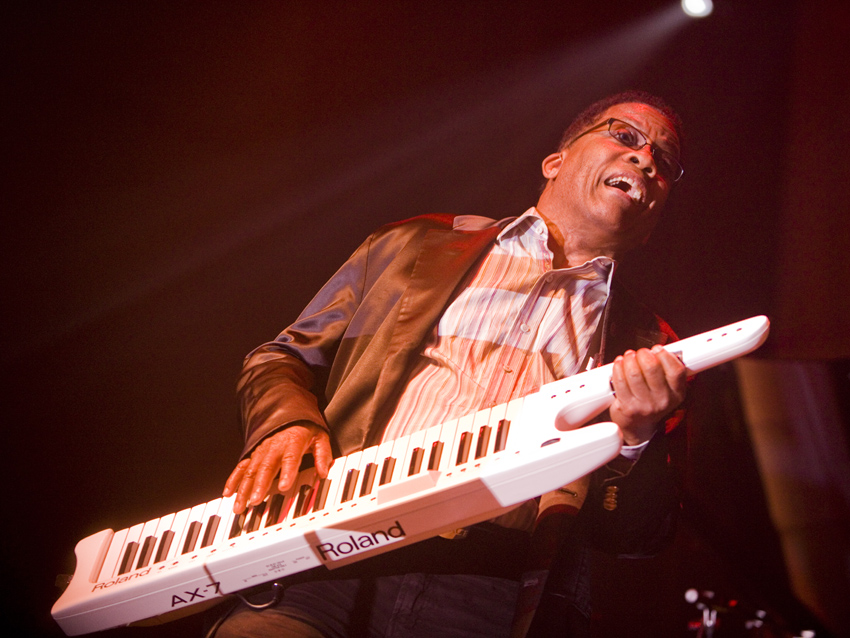
Funk
Many different types of bass sounds are appropriate in funk, but three come to mind in particular.
The first is the smoother Minimoog-type bass, as used on tunes such as Stevie Wonder’s Superstition. This sound can be approximated with a couple of sawtooth waves and a triangle slightly detuned with a medium attack, medium decay and long sustain on the filter envelope and fast attack, medium decay, fast release and long sustain on the amp envelope. Set one of the oscillators to 32’ and one to 16’ and use a low filter cutoff.
Superstition-style bass
The next type is the bright punchy sound used on tracks such as Parliament’s Flash Light. Use two triangle waves driven hard into a Minimoog’s (or equivalent) mixer, with copious amounts of LFO to osc pitch (on the mod wheel) and pitchbend.
Parliament-style bass
Finally, there’s the ARP Odyssey bass used by Herbie Hancock on. Again, it’s a two-oscillator sound (try a square wave and saw with detuning) driven hard into the Odyssey’s mixer and filter, with a bit of resonance, low cutoff and medium filter attack/fast amp envelope attack.
Rumour has it that Herbie layered a fast attack sound with a more sustained sound to get the final result. This explains why it’s so difficult to recreate with just one synth part, and if you listen closely to the record, it does sound like two parts layered together.
Chameleon-style bass
Hear it on: Stevie Wonder - Superstition; Parliament - Flash Light; Herbie Hancock - Chameleon
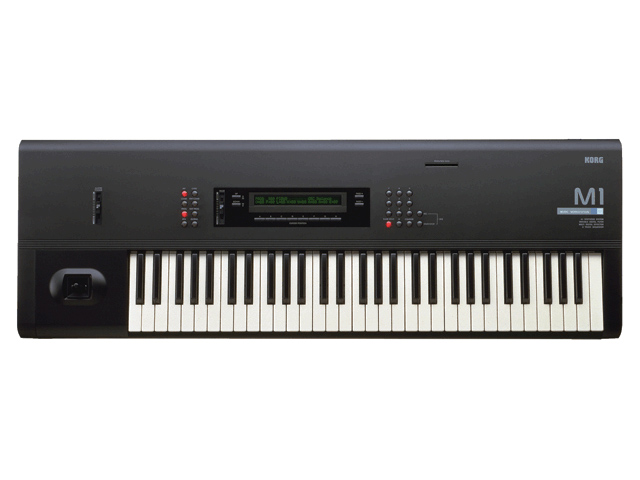
House
Synth bass in popular house music in the ’80s and ’90s was dominated by the Yamaha DX range and digital FM (frequency modulation) bass. The DX100’s four-operator Solid Bass preset in particular was used on numerous big tunes of the day due to its solid woody tone with plenty of lows and cutting mid-range.
DX100 Solid Bass
One thing to note is that most people couldn’t get their heads round programming up Yamaha’s FM synths (due to the complex operating systems), so generally, producers just used the onboard presets on records, so it’s easy to get the same sounds.
Later in the ’90s producers were still rinsing out the DXs plus Korg’s sample-based M1 workstation - its Organ 2 preset became synonymous with House music bass
Hear it on: Alison Limerick - Where Love Lives; Robin S - Show Me Love
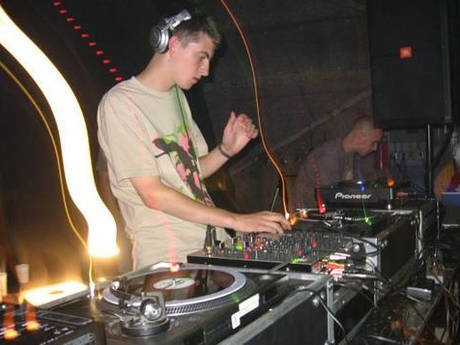
Dubstep
Synth bass in dubstep was heavily influenced by D’n’B and so adheres to some very similar principles (ie, saw or sine/triangle/square waves stacked together, compressed and EQd, then overdriven using distortion or overdrive/granular plug-ins for a nastier, grittier sound.
The infamous dubstep bass ‘wobble’ can be recreated by stacking a sine and square together, compressing a little, adding some white noise, resonance and distortion/overdrive, then adding an LFO modulating filter cutoff synced to your DAW’s MIDI clock and set to eighth notes.
Also, sending keyboard velocity to filter cutoff works well when playing this kind of bass, as does using band-pass and comb filtering, plus detuning and/or chorus.
Finally, try automating glide/portamento, or recording in pitchbend between notes to smooth transitions and give a more liquid feel.
Dubstep wobble bass
Hear it on: Excision – Subsonic; Skream - Midnight Request Line

Acid house
The sound of Acid House was defined by Roland’s TB-303 analogue bass machine.
The TB-303’s looping 16-step sequencer with glides and accents, coupled with up to four-octave note jumps, plus the super-squelchy 24dB resonant filter and saw/square waves, gave it a uniquely aggressive sound, especially when driven hard onto tape or when sent through guitar amps or pedals.
The 303’s saw/square sound, with a slowly swept cutoff and sweeping resonance, was perfectly suited to dance music.
303 acid-style bass
Hear it on: Phuture - Acid Trax; 808 State - Flow Coma; The KLF - What Time Is Love
Liked this? Now read: Better synth bass in 9 easy steps
Future Music is the number one magazine for today's producers. Packed with technique and technology we'll help you make great new music. All-access artist interviews, in-depth gear reviews, essential production tutorials and much more. Every marvellous monthly edition features reliable reviews of the latest and greatest hardware and software technology and techniques, unparalleled advice, in-depth interviews, sensational free samples and so much more to improve the experience and outcome of your music-making.
